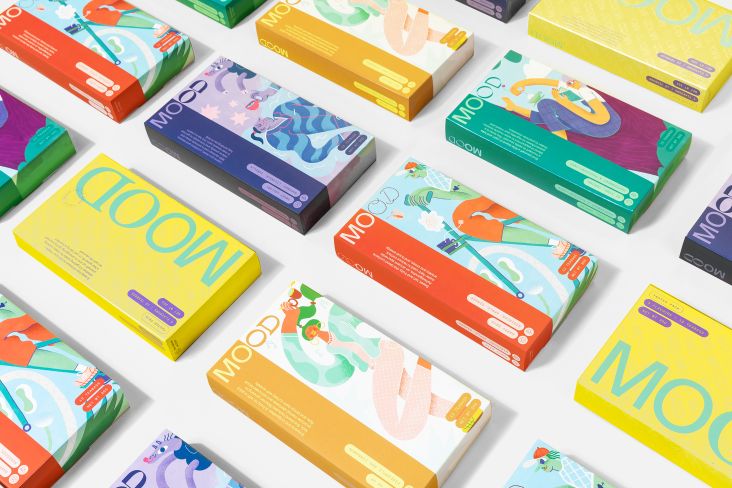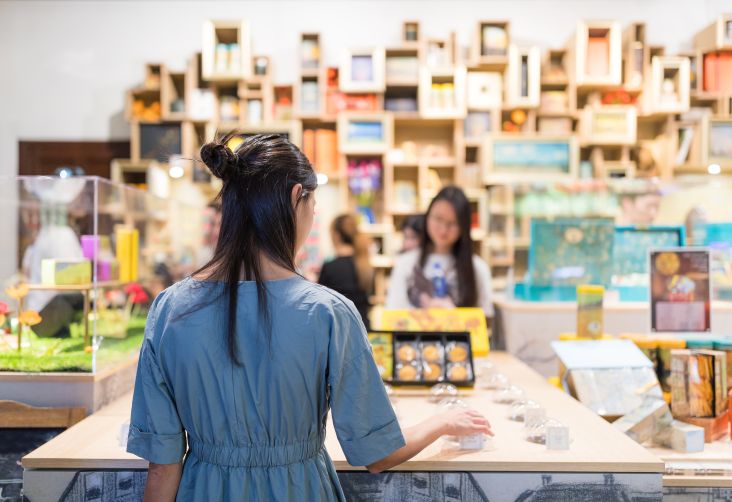Stefania Tejada on exploring the female psyche, the benefits of working with brands, and the future of art
Colombian artist Stefania Tejada has made a name for herself thanks to her striking and powerful work that explores the evolution of the female spirit, as well as her international exhibitions and collaborations with brands such as Urban Decay, Tumblr and Facebook.
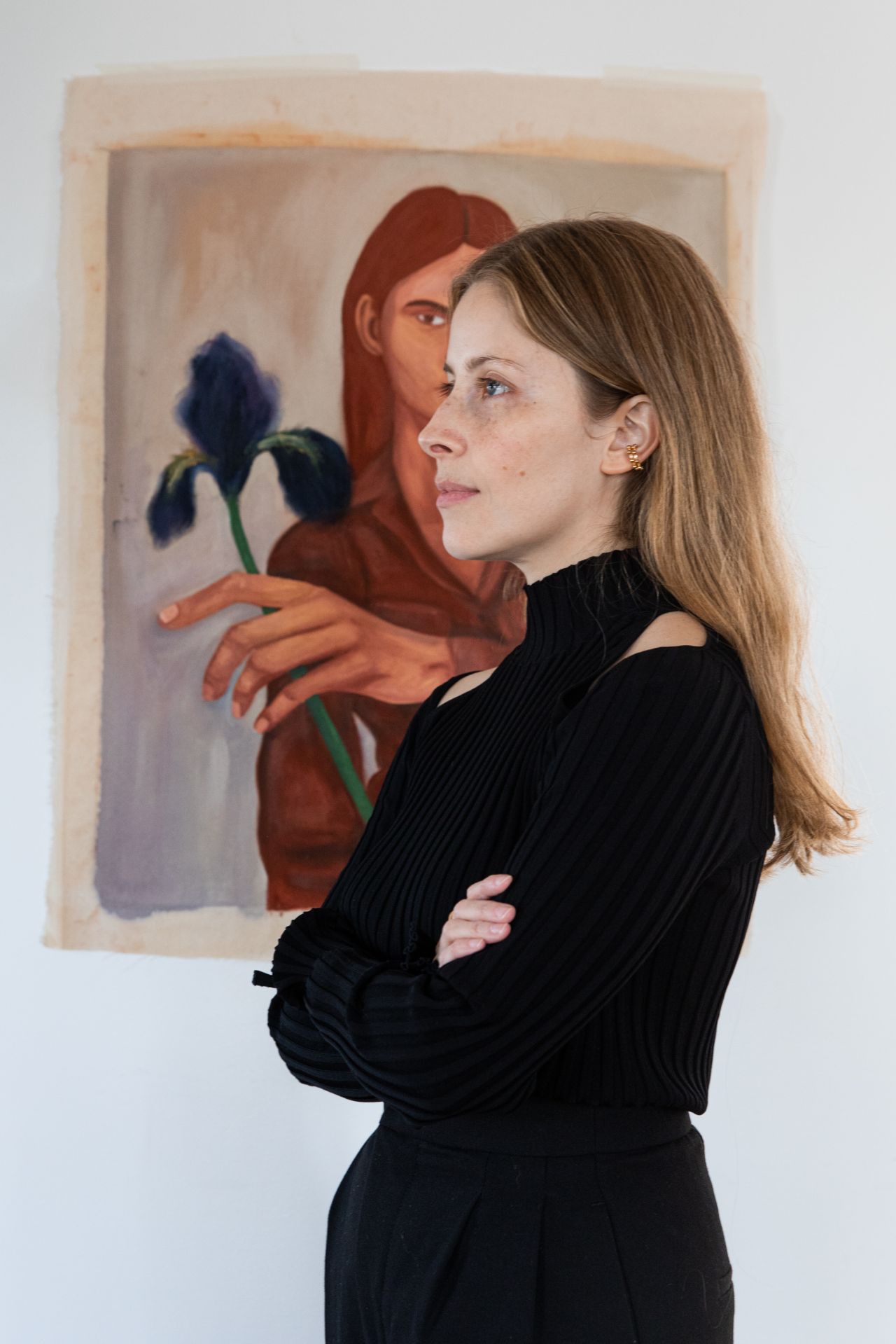
Stefania Tejada
With her work currently on display at artistellar – a millennial and Genz-focussed online gallery in London – Stefania is leading the way when it comes to disrupting the conventional career model of an artist, and in the process, she's empowering and inspiring audiences.
By being steeped in an appreciation of her cultural history and leaning into the unique opportunities that brand partnerships offer, Stefania seems to be drawing on the best of both worlds. So while her solo exhibition Nocturnal Gods is available to enjoy online until 15 August 2021, we caught up with Stefania to learn more about her journey and to discover where the future of art lies.
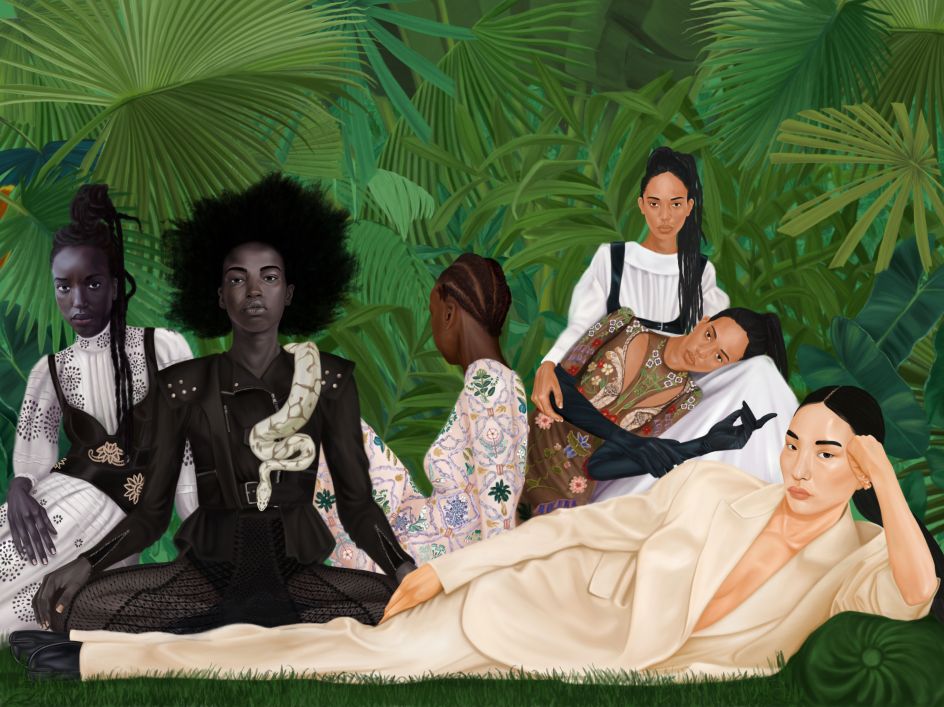
What made you want to pursue being an artist?
Drawing and painting have always being a constant in my life, ever since I was a child. I grew up seeing reproductions of Botero's work, not entirely understanding the artist, but the pieces would hold me for so long, you could not walk by them without starring back. And it wasn't until I started college in Bogotá that I came to discover the Masters and the different art movements while I was studying Fashion Design.
In 2012, I moved to México to finish my studies, and this is where I came face to face with my practice. I never decided to become an artist; it was something that was always there. I had regular jobs at the time, but I always found myself painting; I just didn't know it was a possibility to be an artist.
It has always been about women, ever since the beginning. Their eyes starring back, daring the viewer and the garments with a sense of power. These early explorations were, in some way, a sort of therapy for me. I didn't know how to communicate in my personal life, and this was my way of not having to say the words. I could just paint the feeling, the thoughts, the response to the experiences.
Every time I went back home, I would face a new reminder of our traditions, of our views of the world, and every time it opened a wound. Themes around religion, race, politics, women's rights continue to feed my work and to paint my vision of it all was my way to react, to go against everything that was already established. Communicating through painting made me a stronger woman; it gave me courage, it taught me about self-respect, and eventually, it started to resonate with women around me. And if I can change one woman's perception towards herself, and help her see her potential, then I can change one entire world; I can change her world.
Art was my way to find my voice and to recognise the importance of having one, and it helped me find the power within, to awaken my intuition, to face the darkest parts of my beings and to embrace it all.
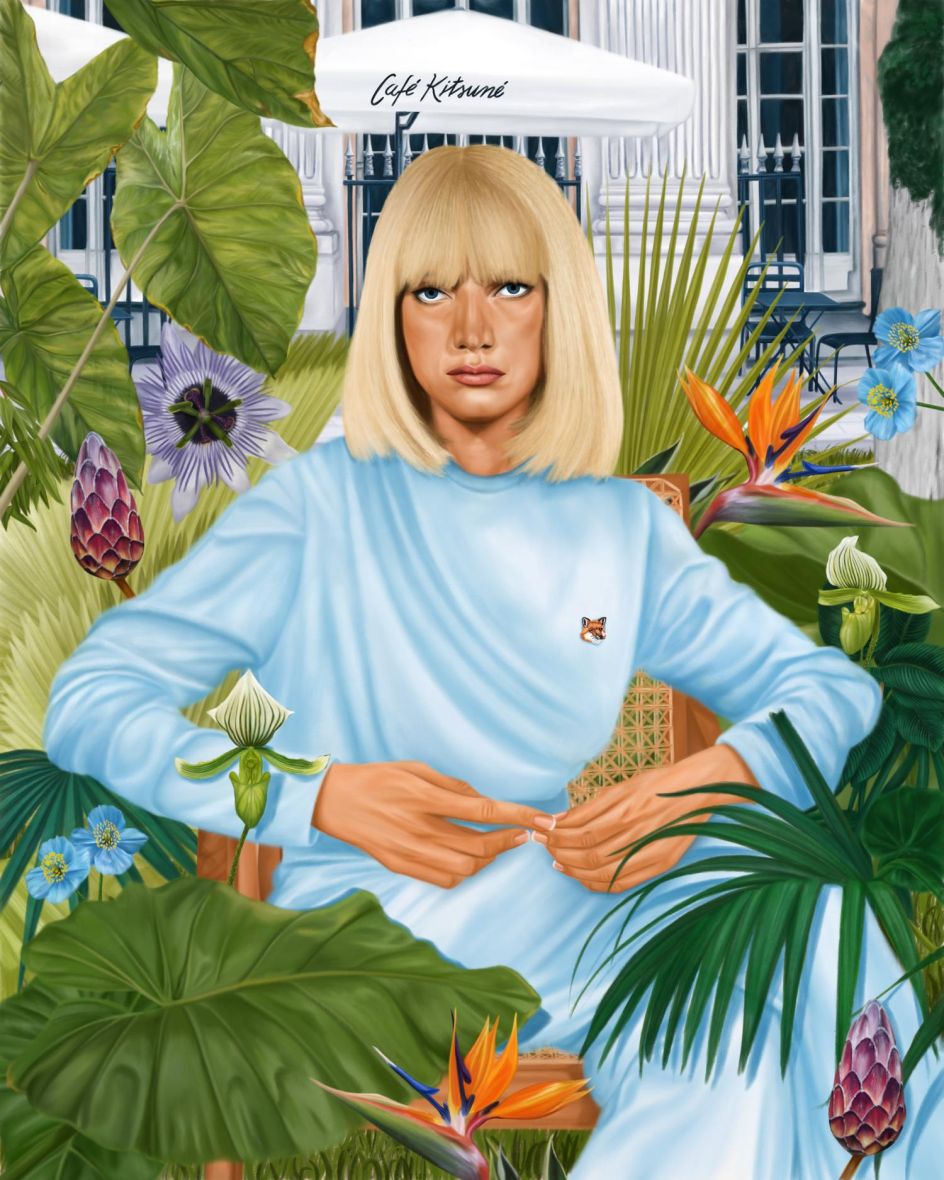
Your work aims to 'breed new life into established imagery'. How do you do that, and why is that a focus in your work?
I think coming from a traditional place as Colombia, there was always this imposed imagery coming from religion and politics about the role of women within our society. While growing up, I constantly listened to speeches about how women are supposed to behave, what they cannot say or do because the man's perception about us will change, how our 'destiny' is to make a home and reproduce, how we can not allow the men to know about our "women stuff" (menstruation or menopause) and so on.
My school and my town were, at that point, almost entirely Catholic, and I attended a school where we were guided by nuns. It was indeed very strict when it came to our image; every girl had to look the same, leaving no space for self-expression or self-discovery.
I think, in general, there was always a feeling of inferiority when it came to women, especially young women. I felt it everywhere. What I said didn't matter and was not heard. I had no power, I couldn't make any decisions whatsoever, and decisions were imposed upon me. And I remember a constant question always in my head: how do I get out of here?
This is why this part is so essential to my work. It is a response to this period of my life, and I know a lot of people still live like this, and young women are imposed this way of thinking, so what I'm seeking is for them to visualise a different kind of woman. For them to see the possibilities of what they can become. That they can be free, this is about respect.
How did you get into collaborating with brands?
When I first decided to pursue a career as an artist back in 2015 (I initially started as an illustrator), I was encouraged by a close friend to share my work with some of the platforms I wanted to work with at the time. My first collaboration was with Lenny Letter, a weekly online feminist newsletter created by Lena Dunham and Jennifer Konner. Here I had the opportunity to illustrate a piece for Whitney Cummings and another one for Lena Dunham. The second article made international news, and the illustration of Kesha was reposted by so many people through Instagram and was shared on other media as well.
After this, I was approached by Sarah Won from Tumblr and was offered to illustrate for a project called "Post it forward". This led to another collaboration with Tumblr for The United State of Women, led by Michelle Obama and also a third one for Urban Decay Cosmetics, where I illustrated a mural for International Woman's Day, painted by Colossal in Williamsburg.
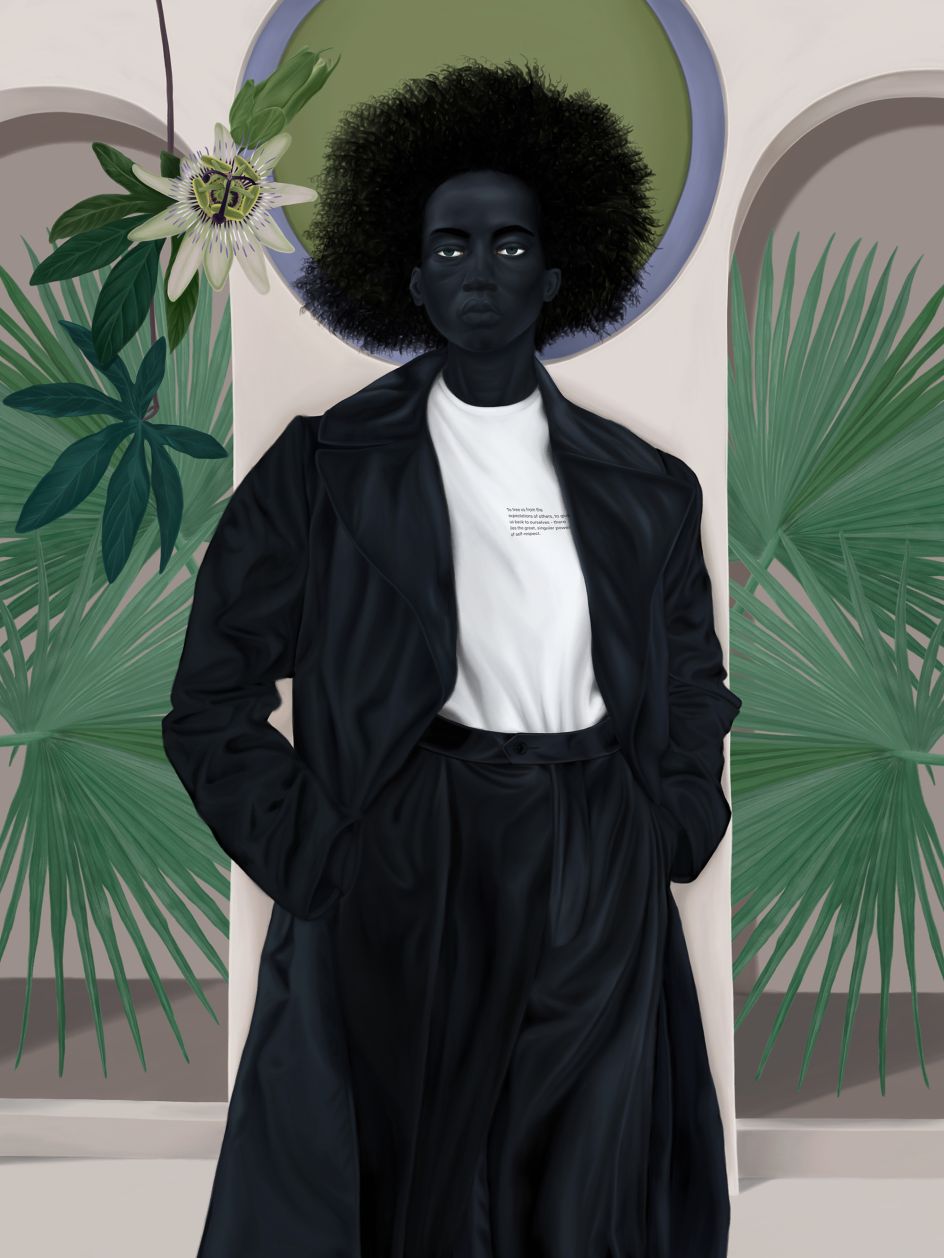
What has that experience been like overall?
I think in general, after finally understanding the magic of the internet, I started to test other ways to approach people I wanted to work with, and while the internet is a great way to do this and it opens outstanding possibilities, I also think meeting people in real life can make an entirely different impact. I started to travel as much as I could to New York, and I would just reach out to people I have interacted with previously through platforms like Instagram. I also took this opportunity to connect with previous clients, and this is where a lot of new opportunities happened. You just have to present and be ready to take them.
Nowadays, I'm represented by Karine Garnier in France, and the interaction is a little bit different, but honestly, every single time I collaborate with a brand is a phenomenal experience for me; every time it feels like the first time and to have the opportunity to bring those brands into my imagery, it creates a massive feeling of gratitude, and I never take that for granted.
What are the unique positives of working with brands?
The reinforcement of the message you are trying to share with the world. There is a higher range of visibility, and you can actually break through the noise and make people listen.

Tell us about your latest show, Nocturnal Gods
Nocturnal Gods is an exploration of the woman's psyche and the natural elements that composed it. The pieces navigate through different lands, and we can perceive the duality of the spirit.
When you come from a place where there's natural abundance, and then you leave that place entirely, there's always a longing. You can remember the sensation of the wet grass under your feet, the smell of the cold mornings, how the day starts to warm up and the wind arrives. You hear the natural orchestra, so perfect, so synchronised, so harmonious, happening right in front of your eyes, and you wonder: do we destroy her because we fear her?
The pieces bring us back and invite us to take a look inside, to visit the darkest parts of our being, to accept our feminine and masculine energy, to feel it, to recognise it, to respect it. There are also symbols that intend to shake us and to act upon the preservation of our oceans, our mother, the creator of everything that we need in order to live. Women like the snake have always been depicted as the destroyer of Edén, when in fact, we hold all knowledge and power to create. For me, the snake has always been the key to all knowledge, the element that awoke us from ignorance.
What made you want to work with online galleries?
It's not so much if it's online or if it's an actual space. I wanted to work with Adele, the founder of Artistellar. I have been following her work for a while, and I was very drawn by her selection of artists, her way of communicating, and just her passion for art. I'm drawn to the person behind the gallery.
With the rise of online galleries, what do you think the future looks like for artists? Will it be easier for new voices to be heard?
Indeed. There are more and more possibilities for artists to emerge and to be known, especially through online galleries and the rise of NFTs. I think this is an interesting time to explore the traditional aspects of the practice and a more digitalised environment. There is definitely an open door there.
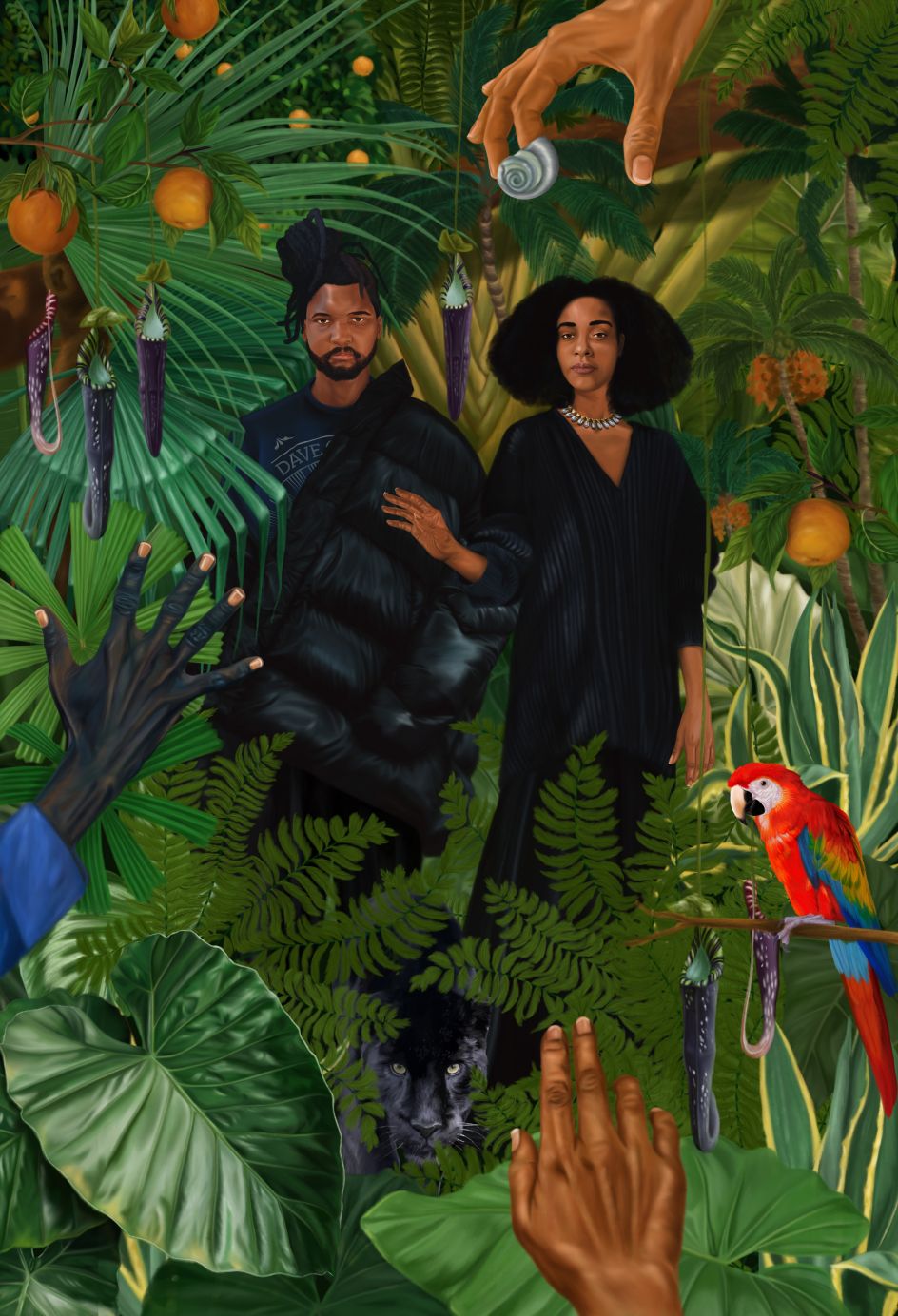
Stefania Tejada's latest works are currently on show at London's Artistellar gallery in an exhibition titled Nocturnal Gods. Until 15 August 2021. To find out more about her work, visit stefaniatejada.com or follow her on Instagram.




 by Tüpokompanii](https://www.creativeboom.com/upload/articles/58/58684538770fb5b428dc1882f7a732f153500153_732.jpg)


 using <a href="https://www.ohnotype.co/fonts/obviously" target="_blank">Obviously</a> by Oh No Type Co., Art Director, Brand & Creative—Spotify](https://www.creativeboom.com/upload/articles/6e/6ed31eddc26fa563f213fc76d6993dab9231ffe4_732.jpg)








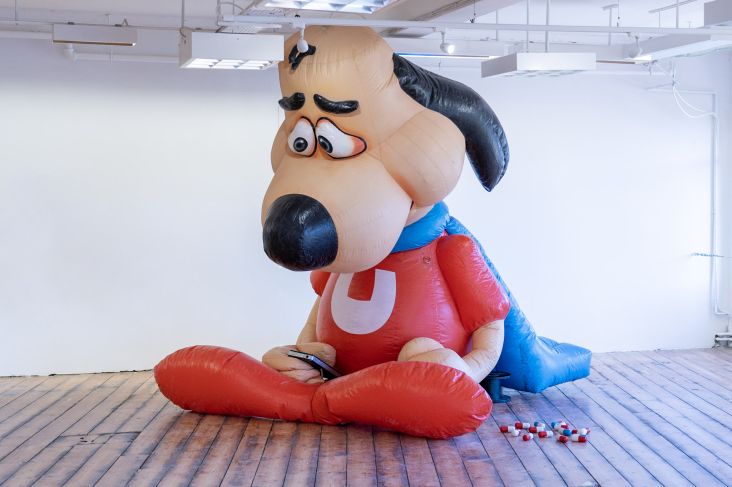

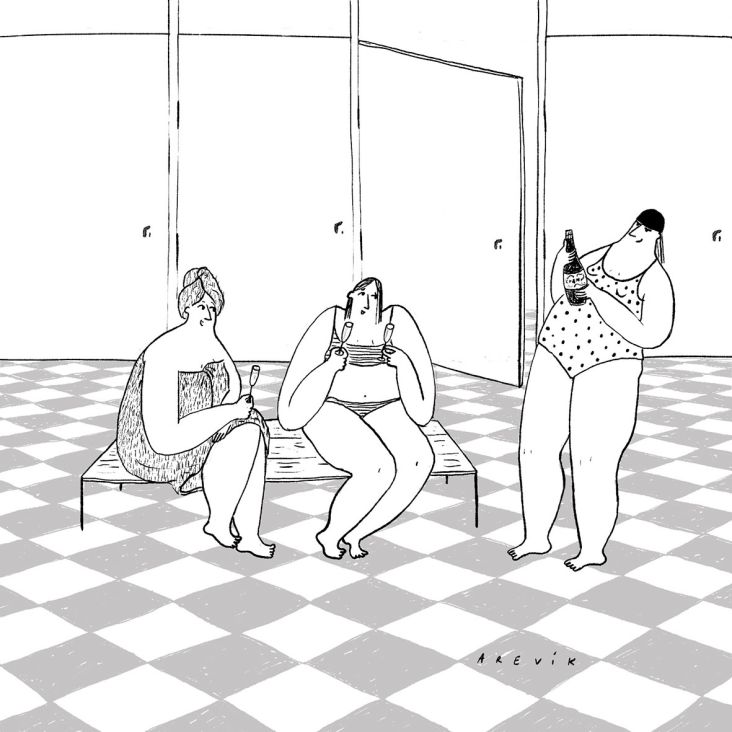

](https://www.creativeboom.com/upload/articles/60/60587a5eb0ab8e21f7f88c945a5d56fd2b2fe471_732.jpg)
